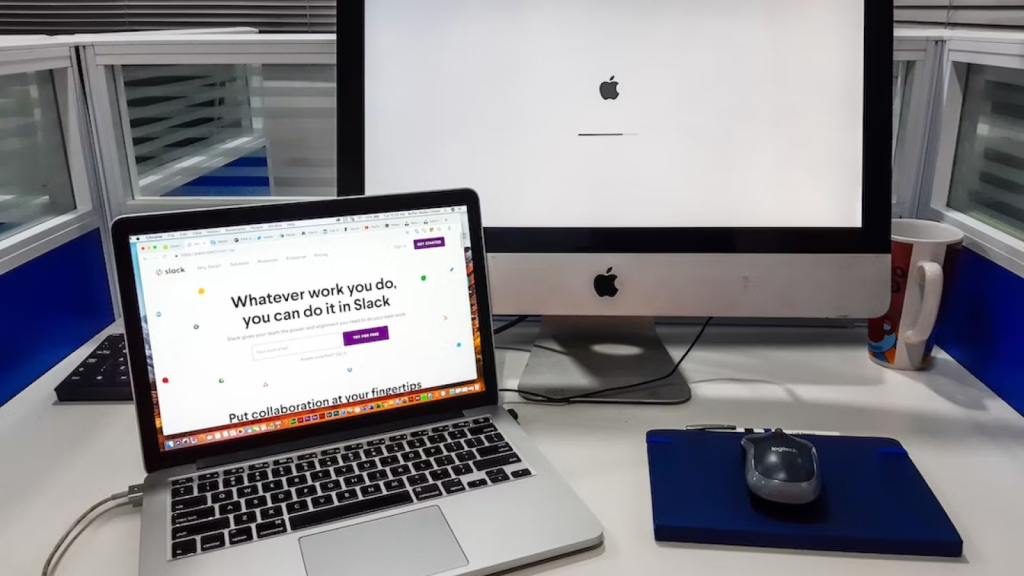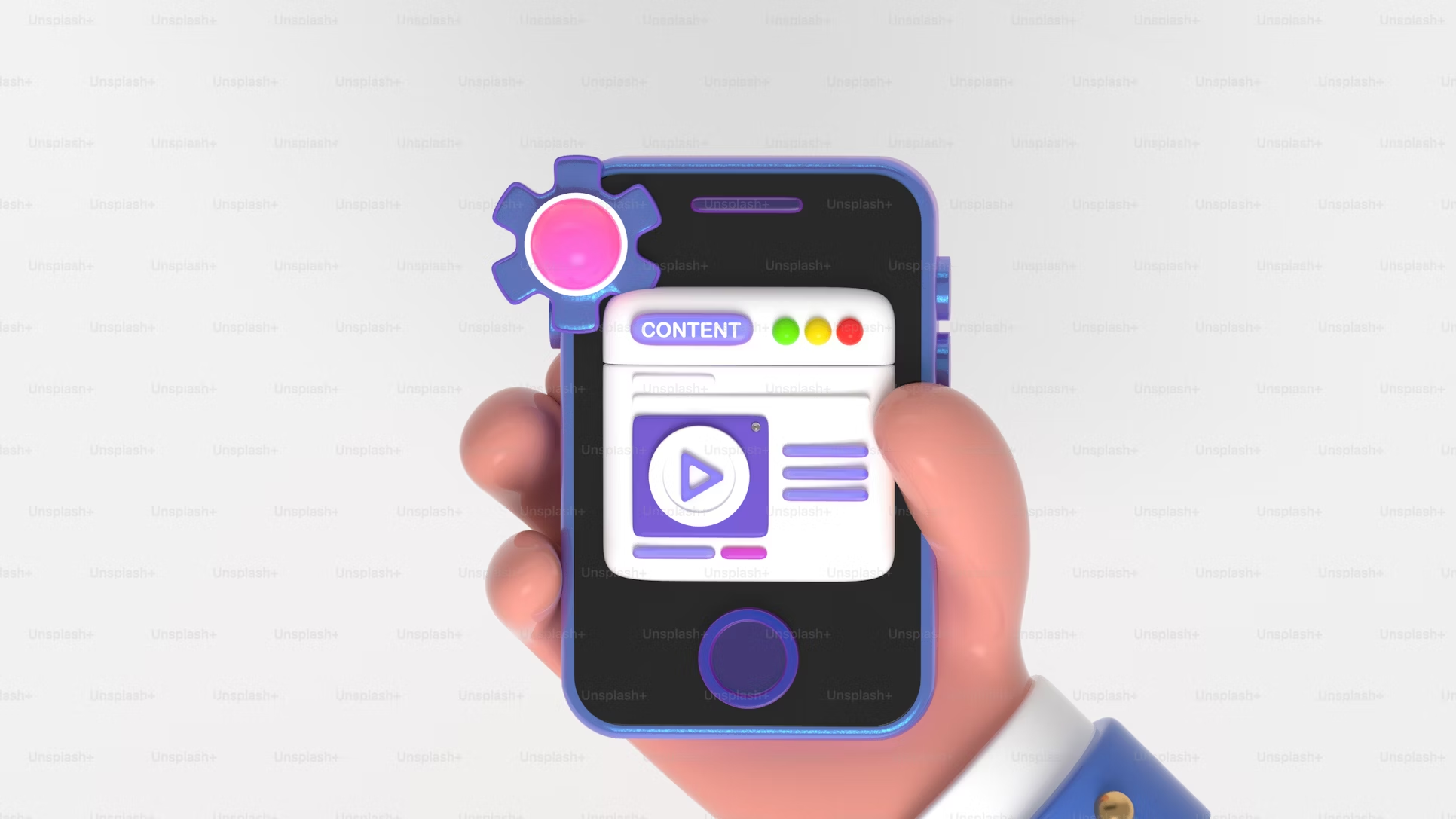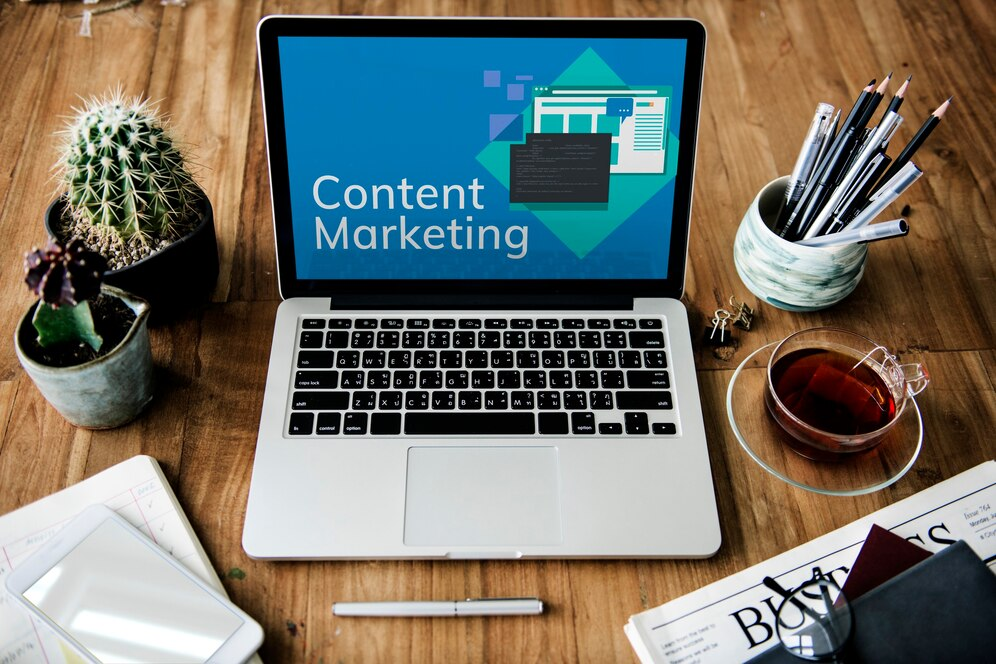How to Optimize Your Homepage for Faster Load Times
“Slow and steady wins the race.” We’ve all heard that on numerous occasions. But that’s not accurate in all scenarios. Homepages that take ages to load are frustrating for the visitor and can be a detriment to your business. Fast loading times are necessary for success as customers expect speedy performance when browsing websites.
Quick Links
According to a study, a one-second delay results in 11% fewer page views and decreases customer satisfaction by 16%. By optimizing your homepage for faster load times, you can deliver a better user experience and keep them coming back for more.
To help you get started, here are some tips on optimizing your homepage for faster loading times.
How Load Times Impact Your Website

Source: Unsplash
When your website has long load times, it affects more than just how quickly visitors can reach their destination. It also affects how they view the site’s quality – you don’t want that perception to be negative. Slow-loading websites can lead to visitors leaving before they even have a chance to experience your content, resulting in the following:
- Lost opportunities
- Decreased Sales
- Lower Conversions
- Higher bounce rates
Slow loading times are also a huge blow to your SEO efforts, as Google uses bounce rate as one of the key components for ranking a website in its search engine results.
Ways to Optimize Your Homepage for Fast Loading

Source: Unsplash
Here, we discuss several ways to decrease lag and make your homepage load faster for a better customer experience.
Optimize Image Size and Format
When it comes to images, bigger isn’t always better. Large files take longer to download and can drastically slow page loading speeds. That’s why optimizing your image size and format when you’re constructing your homepage is important.
Start by selecting the right file format for your needs. If you have a picture with many colors, such as a photograph, use JPEG or PNG files. If your image is composed largely of text or shapes with solid blocks of color, GIF, and SVG are better options.
Next, you’ll want to adjust the file size. This can be done simply by reducing the width or height in pixels.
Use Fast Web Hosting
Fast web hosting can make all the difference in creating a smooth, seamless experience for visitors to your homepage. With high-speed servers and reliable connection speeds, fast web hosting ensures that your website loads quickly without any lags or delays. If you have more budget, you can also find web hosting with dedicated servers, which gives you full control of the server and optimize it however you want.
Many web hosting services are available online, making it difficult to decide which one is right for your website. Consider important factors such as cost, features, and customer service – all of which can help ensure you choose the best option for your site.
Use a CDN
A CDN (content delivery network) is a distributed system of servers that delivers web pages and other web content to users based on their geographic location. This means that users accessing your site worldwide will be served pages faster because they are routed through the network’s closest server.
Minify and Combine Files
An easy way to optimize your homepage for faster loading time is by minifying and combining files. In layman’s terms, this means taking all the files that make up your website, reducing their size, and combining them into fewer files.
The result of minifying and combining files is faster loading times for your website, which means more satisfied visitors and higher rankings from search engine algorithms prioritizing speed. The best part is it takes little time to do. With a few simple steps, you can ensure your homepage loads quickly.
Minimize First-Byte Time
The first byte is when a browser receives the first byte of data from your server in response to a request for your website or web page. This is also known as latency and can cause pages to take longer to load than necessary.
Optimizing this time will help ensure visitors to your site have a speedy and enjoyable experience. Here are some tips on how to optimize your homepage for fast loading:
- Minimize HTTP requests: Reduce the number of resources, files, and scripts a browser must make before rendering your page. This can be done using combined CSS and JavaScript files, removing unnecessary images or plugins, reducing redirects, etc.
- Leverage browser caching: When visitors first access your site, they can store certain files, such as images and scripts, locally in their browsers to avoid downloading them each time they visit. This will help load times for repeat visitors significantly.
- Compress resources: Use Gzip compression to reduce the size of text-based resources by up to 70%. This will drastically reduce the time it takes for a browser to receive your homepage content.
Minimize Third-Party Scripts
Third-party scripts are codes that your webpage can load from outside sources. They’re used to add extra features or functionality to a page; think of them as plug-ins. However, these can be extremely taxing on your website’s speed and even slow down the user experience. It’s important to minimize the number of third-party scripts you use and opt for better alternatives if possible.
To optimize your homepage, analyze the various third-party scripts you have loaded. Look at the number of requests each script makes and how long it takes to load and execute. If any scripts take too long or make too many requests, consider removing or replacing them with optimized alternatives.
Key Takeaways
An optimized homepage with faster load times is key to attracting customers and protecting your SERP rankings. These tips talked about in the article are several ways to optimize your homepage load times:
- Optimize image format by opting for JPEG or PNG and image size by reducing the pixels.
- Use a faster web hosting service with reliable and fast-speed servers.
- Use a CDN to deliver pages faster based on the user’s geographic location.
- Minify and combine files to reduce the size so your homepage can load faster.
- Optimize first-byte time by reducing the number of HTTP requests and leveraging browser caching.
- Minimize third-party scripts that can slow down your website’s performance.
Why WooCommerce is the Best Choice for Your Online Store?
WooCommerce stands out as a top option for anyone looking to build an online store. This platform…
0 Comments8 Minutes
How to Use AI-Powered SEO Tools for WordPress eCommerce
SEO is a critical factor in the success of any e-commerce WordPress store. As competition…
0 Comments11 Minutes
Why Short-Form Videos Are the Future of Content Marketing
Your Instagram customers spend over 50% of their time watching short-form videos and reels. Rather…
0 Comments12 Minutes
The Role of Digital Marketing in Business Growth
Online marketing touches every aspect of a business, whether it is initiating the idea or for an…
0 Comments3 Minutes
AI Meets Authenticity: Balancing Automation and Human Touch in Content Marketing
Is your brand starting to sound like a robot? In a world where algorithms write faster than any…
0 Comments8 Minutes
Essential Tools for Enhancing Web Design and UX Hosting
Have you ever visited a website that felt slow, clunky, or confusing? A website that is poorly…
0 Comments11 Minutes
How a Mini Cart Transformed My Store’s Shopping Experience
Okay, real talk—running an online store is hard. You think you’ve got everything figured out, you…
0 Comments9 Minutes
Balancing Your Security Initiatives With Industry Compliance Requirements
Managing a business today comes with a number of daily battles that need to be fought. Resources…
0 Comments11 Minutes








